50+ SAMPLE Design Agreement
-
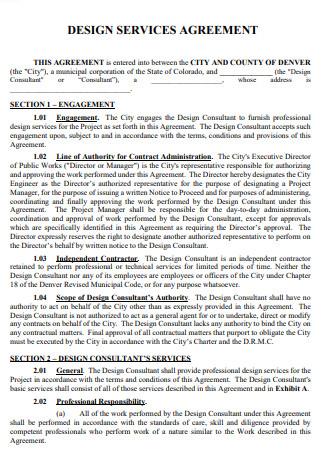
Design Service Agreement
download now -
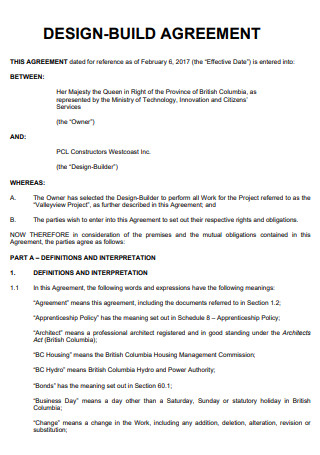
Design Build Agreement
download now -
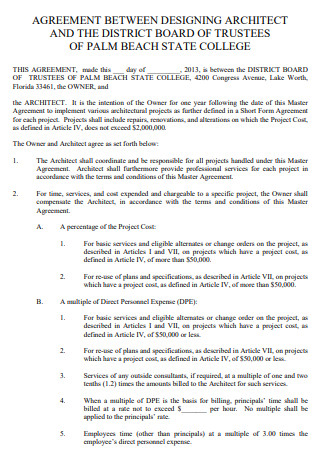
Designing Architect Agreement
download now -
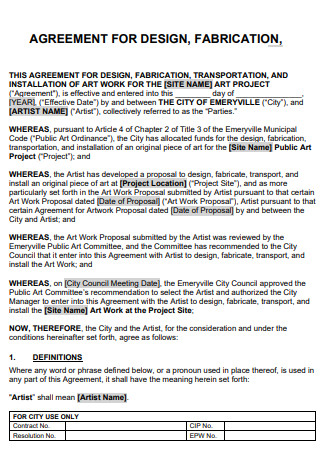
Design Fabrication Agreement
download now -
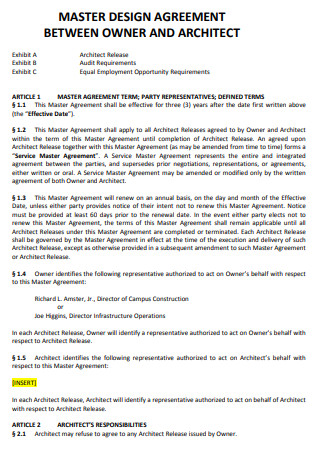
Master Design Agreement
download now -
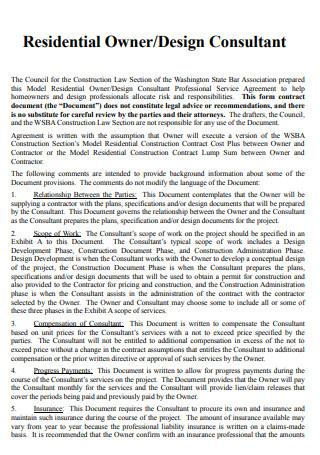
Residential Owner Design Agreement
download now -
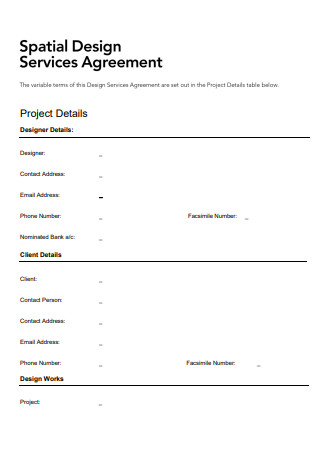
Spatial Design Services Agreement
download now -

Lighting Design Agreement
download now -
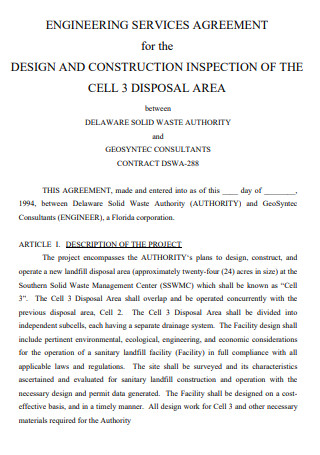
Design and Construction Agreement
download now -
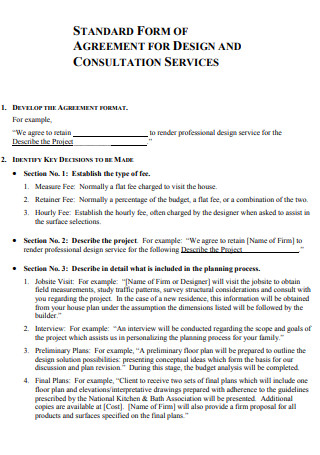
Design and Consultation Service Agreement
download now -
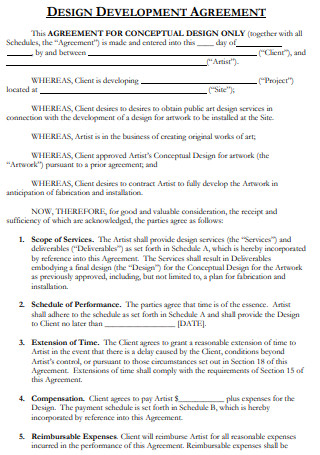
Design Development Agreement
download now -
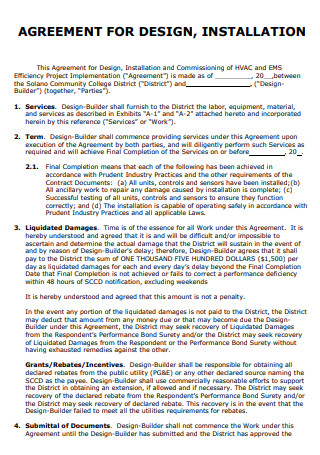
Design Installation Agreement
download now -
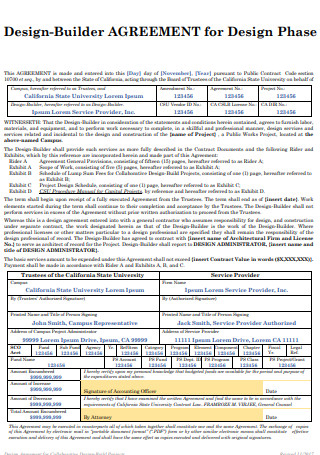
Design Builder Agreement
download now -
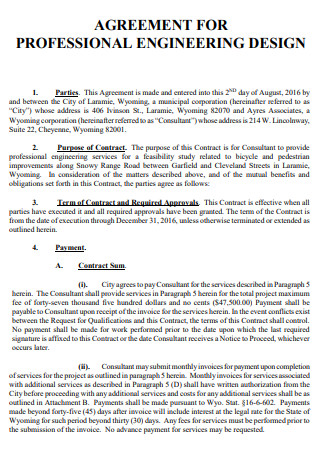
Professional Engineering Design Agreement
download now -
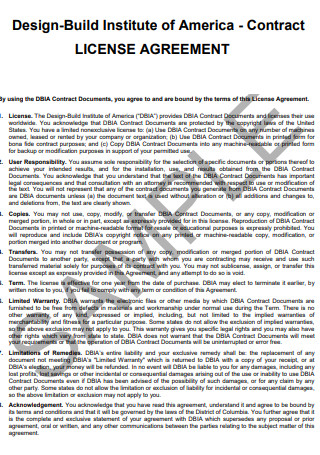
Design Build License Agreement
download now -
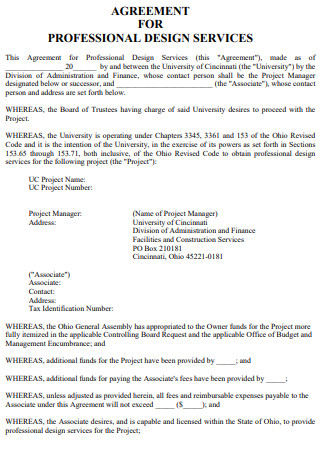
Professional Design Service Agreement
download now -
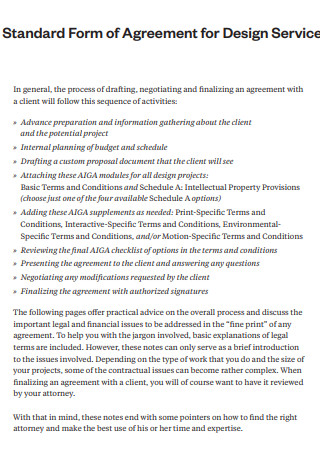
Standard Form of Agreement for Design Services
download now -
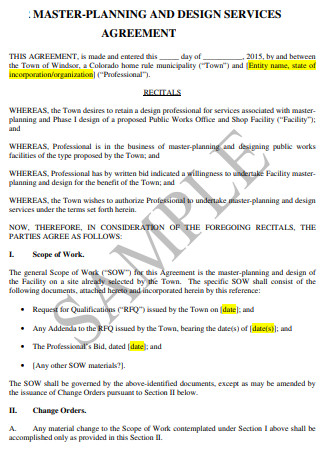
Master Planning and Design Service Agreement
download now -
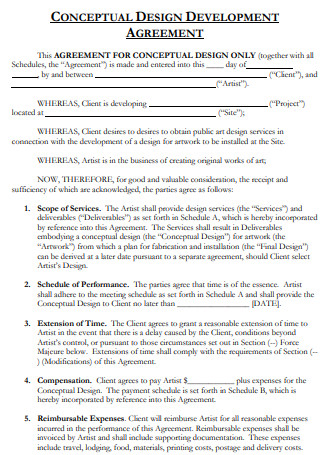
Conceptual Design Development Agreement
download now -
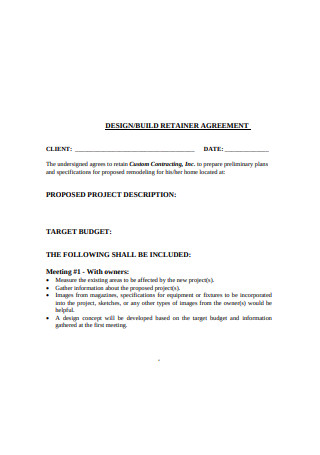
Design Retainer Agreement
download now -
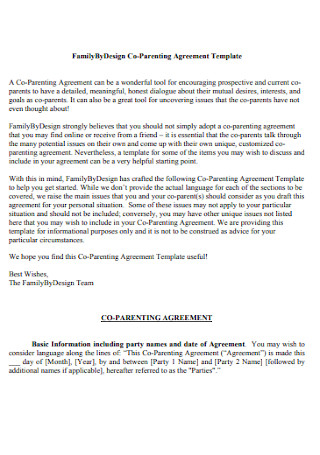
Family By Design Co Parenting Agreement
download now -
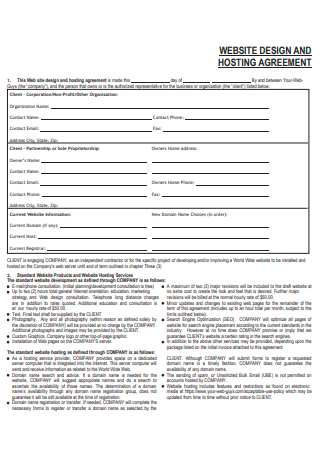
Website Design and Hosting Agreement
download now -
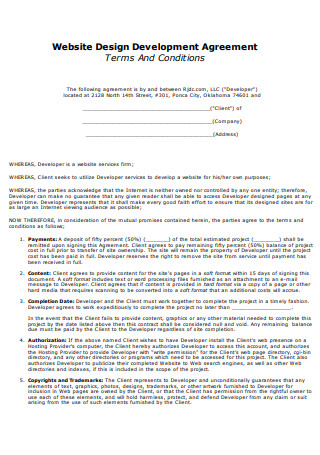
Web Design Development Agreement
download now -

Graphic Designer for Long Term Agreement
download now -

Branding Identify Design Agreement
download now -

Senior Design Project Agreement
download now -
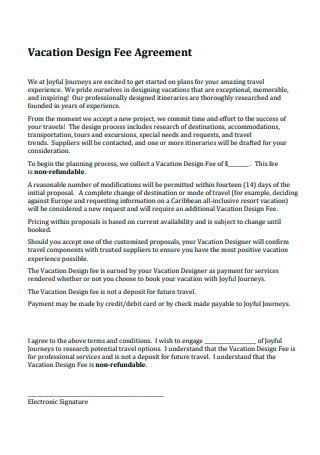
Vacation Design Fee Agreement
download now -

Design Agreement
download now -

Sponsored Design Research Agreement
download now -
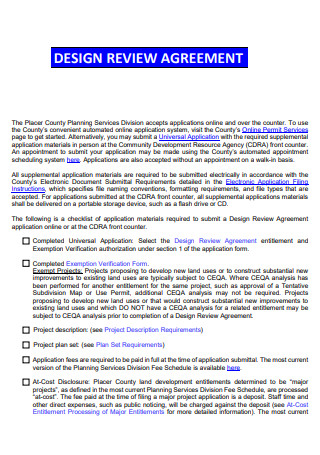
Design Review Agreement
download now -
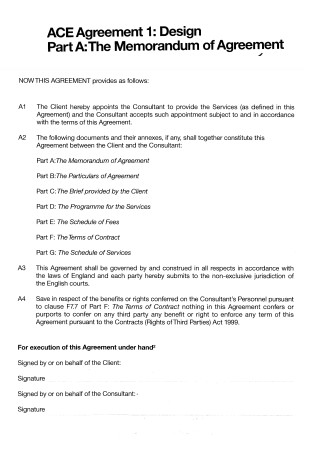
Design Memorandum of Agreement
download now -
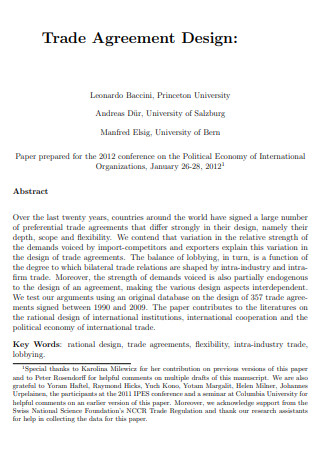
Trade Design Agreement
download now -
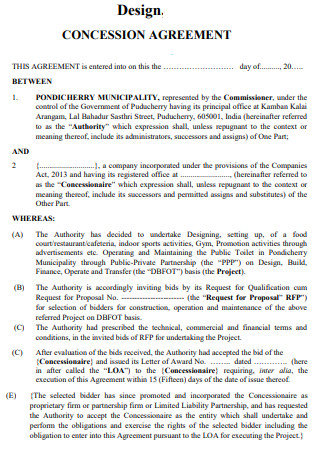
Design Concession Agreement
download now -

Design Partner Service Agreement
download now -

Interior Design Agreement
download now -
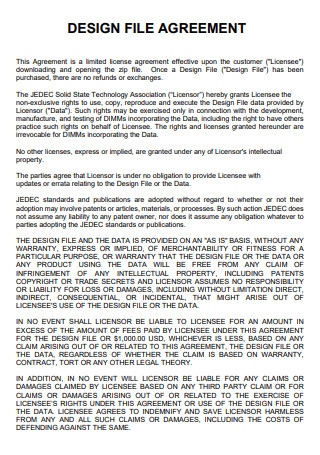
Design File Agreement
download now -
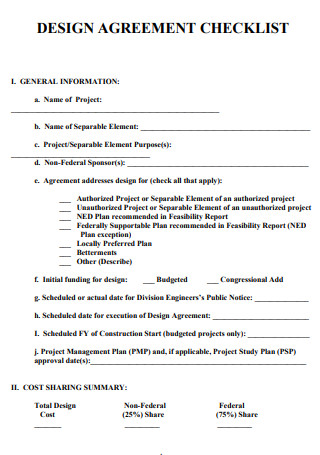
Design Agreement Checklist
download now -
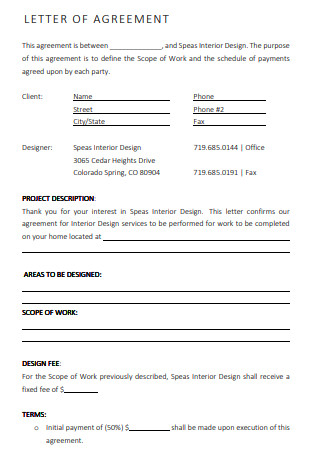
Design Agreement Letter
download now -
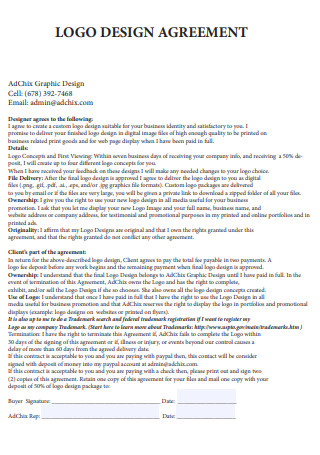
Logo Design Agreement
download now -

Design Cleaning and Dredging Agreement
download now -
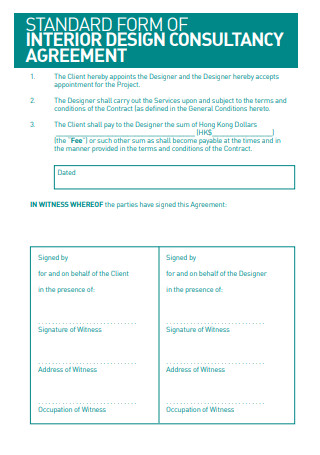
Interior Design Consultancy Agreement
download now -
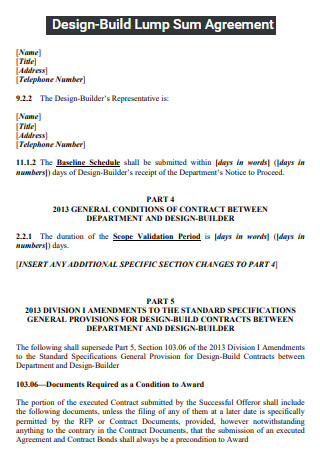
Design Build Lump Sum Agreement
download now -

Design Team for Hire Agreement
download now -
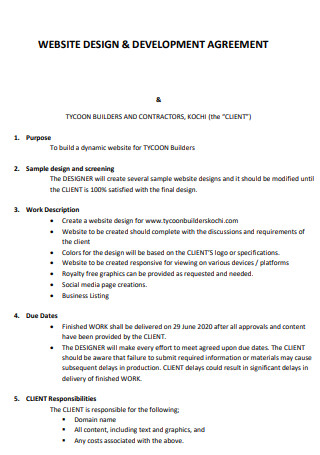
Website Design and Development Agreement
download now -

Design Long Term Energy Service Agreement
download now -
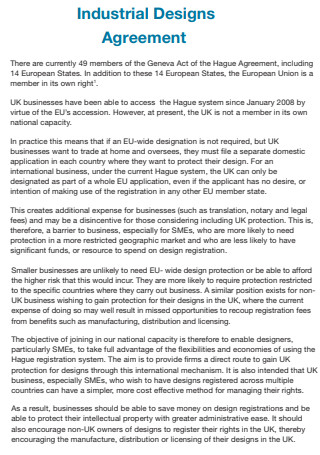
Industrial Designs Agreement
download now -
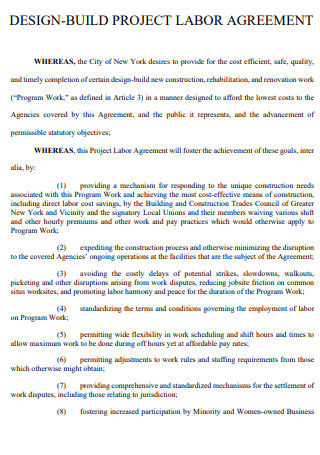
Design Build Project Labor Agreement
download now -
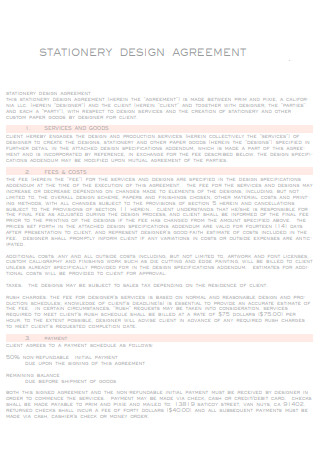
Stationary Design Agreement
download now -

Residential Interior Design Service Agreement
download now -
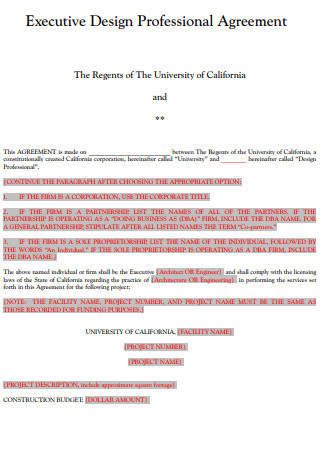
Executive Design Professional Agreement
download now -

Website Design Agreement
download now
What Is a Design Agreement?
A design agreement, also known as Graphic Design agreement, is an arrangement between the graphic designer and the client. Many businesses, particularly those even focused on internet information services, require graphic design services. This comprises the services to be given, how and when they will be performed, and how and when they will be paid for. It can also aid in the avoidance of disagreements during the length of the agreement. Through a design services agreement, all the necessary information is laid out in one document, providing ease for both parties. You can proceed to the design agreement sample.
Types of Graphic Design
This article will help you to understand graphic designers’ roles in many sectors, whether you are a company looking to recruit your first designer or an ambitious graphic designer considering concentrating on a specific type. It is vital that you comprehend the various types of graphic designs there are so that when you discuss with your clients, you can discern their preferences. No matter if you are new or experienced in the Industry, treat this as a refresher on the current knowledge that you have.
Essential Tools for Graphic Designers
This article has compiled a list of recommended graphic design tools to aid creatives of all levels in their work. Our advice can help you choose the ideal option, whether you are beginning from scratch or looking to upgrade a certain piece of equipment. Reliable gear does not have to be expensive, but this article has hand-picked the best equipment available. Some will require a significant financial investment, but they will all be worthwhile in the long run.
How to Write a Design Agreement
A work for hire agreement graphic design contains numerous sections that you will need to fill in but also ensure no relevant detail is left behind. This is why a graphic design contract example is provided for you so you can see the layout and how it should be filled in. This guide will also state the necessary graphic design terms and conditions to be included.
-
1. Detailed Descriptions
Before you start the job, have your customer fill out a full brief. In this brief, ask them to include all of the various items they will need to complete the task. A logo and style guide for print and web, for example, could be part of a branding initiative. Your job might be to present three logo possibilities and then create their business cards and Advertising materials once they have decided on one. List everything you need to send to them in the graphic design agreement, as well as whatever you will need from them to get it done.
-
2. Timeline for Deliverables
Aim to finish all graphic design agreement work a week before the deadline, so you have enough wiggle space in case of last-minute, panicky modifications. Determine which deliverables must be completed first and how long they will take to complete. Then select appropriate dates for delivering them to the client, keeping in mind that some back-and-forth discussion will be required to polish them. It’s a lot easier to sustain forward momentum and attention when you have a set of dates to shoot for. Including all of these in your design agreement ensures that you and your customer stay on track with the Project.
-
3. Payment Details
It’s up to you to figure out how much to charge a client for your services. Some designers charge by the scope of the job, while others charge by the hour. When accomplishing something simple, the latter is preferable. If the project will take more than a day or two to complete, charging by the project is preferable. Place a watermark when sending your work to the client for review. If you haven’t experienced it before, this is when a client returns with revisions. Once they have given you their final approval, send them an invoice for the remaining amount.
-
4. Copyright or Intellectual Property
If you make a logo for someone for a few hundred dollars and they use it on items that make them millions of dollars, you will regret it if you don’t preserve some IP rights. An alternative is to transfer partly share copyright to your clients. You can give the client complete ownership of your design as-is, but they won’t be able to change it. You can also state in the design agreement that the work can be used for promotional reasons. Unless they ask you to sign a non-disclosure agreement, you will be able to display the work in your design Portfolio.
-
5. Termination Clause
Most designer agreements state that the project can be terminated at any moment by either the designer or the client. This is beneficial to both of you because you never know what life will throw at you. A family emergency may arise, your computer may fail, or you may simply learn that the client is a nightmare to work with. The limits for termination are up to you, but the most frequent freelance design agreement stipulation is that the customer must pay you for work completed up until the Termination of Contract date.
FAQs
What is the importance of agreeing?
Your agreements should be in writing to protect your interests and defend your rights. Furthermore, all parties will have a clear understanding of their expectations of them and, more significantly, what is and is not agreed to. Through an agreement, if complications arise, both parties can refer to the writing rather than have an unclear recalling of the verbal exchange. It makes it easier as well for a lawyer to review the fine print if the situation worsens.
How can you identify your rates?
As previously stated, you have the option of charging an hourly or per-project rate. Because they are worried about scaring off potential clients with excessive prices, several novice freelance designers understate their project costs in their designer agreement. You can utilize software to compute a rate for you based on your design experience, the scale of the job, and if you just want to break even or make a profit. Depending on their level of skill, a freelance graphic designer can expect to earn between $400 and $800 each day.
What is basic graphic design?
The seven key elements of graphic design are line, shape, color, texture, type, space, and image. Each has its own set of benefits and drawbacks. Master these important elements to take your graphic design portfolio to the next level. Upcoming graphic designers will need to be aware of these elements because it will help them out to come up with designs that will impress the clients. Furthermore, as these are the mere basics, all sorts of designs will be based on these elements.
You have reached the conclusion which marks you to be prepared to start writing your design agreement. Make sure that if your client wants a logo design agreement, your content caters specifically to their needs. Otherwise, you both will be troubled by the agreement on design contents.
